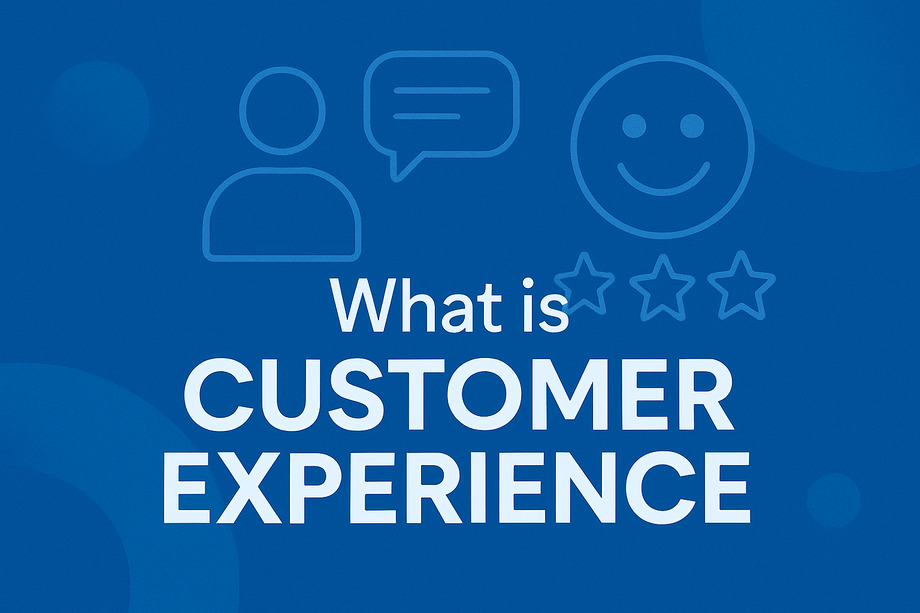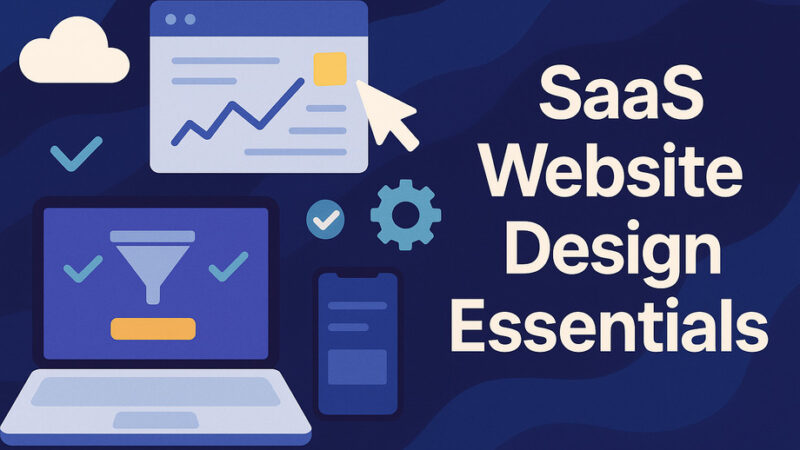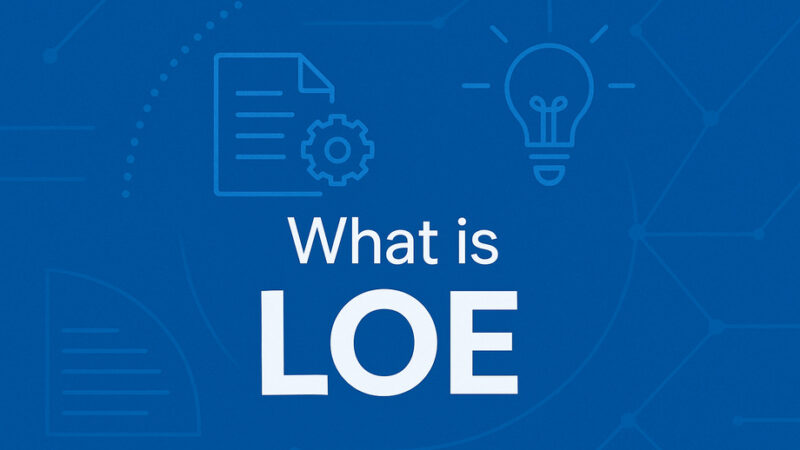What is Customer Experience? Your Complete Guide to CX Success in 2025

Customer experience has become the ultimate battleground for business success. In today’s hyperconnected world, 52% of customers will switch to a competitor after a single negative impression, making every interaction a make-or-break moment for your business.
But what exactly is customer experience, and why has it become such a critical factor in determining which businesses thrive and which struggle to survive? More importantly, how can you leverage CX to build lasting relationships with your customers and drive sustainable growth?
In this comprehensive guide, we’ll explore everything you need to know about customer experience—from its fundamental definition to cutting-edge strategies that will set your business apart in 2025 and beyond.
What is Customer Experience (CX)?
Customer experience (CX) is the sum total of all interactions, perceptions, and emotions a customer has with your brand throughout their entire journey, from initial awareness to post-purchase support and beyond. It encompasses every touchpoint, whether digital or physical, direct or indirect, that shapes how customers feel about your company.
Unlike customer service, which focuses on specific support interactions, customer experience is holistic. It includes:
- Pre-purchase interactions: Marketing messages, website navigation, social media presence
- Purchase experience: Shopping process, checkout flow, payment options
- Product or service delivery: Quality, timing, packaging, onboarding
- Post-purchase support: Customer service, returns, maintenance, ongoing communication
- Brand perception: Reputation, values alignment, community engagement
The key insight is that customer experience isn’t just about individual transactions, it’s about the entire relationship and how it makes customers feel about choosing your brand.
Why Customer Experience Matters More Than Ever
By 2025, 89% of businesses are expected to compete primarily on CX, surpassing traditional factors like product and price. This shift isn’t happening by accident, it’s driven by fundamental changes in how customers think, shop, and engage with brands.
The Business Impact of Superior CX
The numbers tell a compelling story about why customer experience has become a strategic imperative:
Revenue Growth: Of companies that focus on CX, there’s an 80% increase in revenue. Customer-centric brands report profits that are 60% higher than those that fail to focus on CX.
Customer Loyalty: Companies with strong omnichannel strategies retain 89% of their customers, compared to 33% for companies with weak strategies. In an era where 65% of consumers have switched to a different brand due to poor customer experiences, retention has never been more valuable.
Premium Pricing Power: 86% of buyers are willing to pay more for a great experience. Customers will pay up to 16% more for superior customer experience, giving CX-focused companies significant pricing flexibility.
Competitive Differentiation: 81% of organizations cite CX as a key competitive differentiator, yet surprisingly, only 44% plan to increase CX investments—creating a massive opportunity for forward-thinking businesses.
Changing Customer Expectations
Today’s customers are more empowered, informed, and demanding than ever before. They expect:
- Instant Gratification: 77% of customers expect to interact with someone immediately when they contact a company
- Omnichannel Consistency: 79% expect consistent interactions across departments
- Digital Seamlessness: 74% expect to be able to do anything online that they can do in-person or by phone
- Personalization: 62% of consumers agree that personalized recommendations are better than general ones
Key Elements of Exceptional Customer Experience
The gap between customer expectations and reality creates both risk and opportunity. Creating outstanding customer experience requires focusing on several fundamental elements that matter most to customers:
1. Speed and Responsiveness
In our instant-gratification economy, speed isn’t just nice to have, it’s essential. Customers expect immediate responses and quick resolutions. This means:
- Implementing live chat and chatbot solutions for instant support
- Optimizing website load times and mobile experiences
- Streamlining processes to reduce wait times
- Providing real-time order tracking and status updates
2. Seamless Omnichannel Integration
10% of leaders say they plan to invest in AI chatbots and omnichannel customer support in 2024. Customers use multiple channels and expect consistent experiences across all touchpoints:
- Unified customer data across all channels
- Consistent messaging and branding
- Ability to start interactions on one channel and complete them on another
- Context preservation across touchpoints
3. Personalization at Scale
Businesses excelling in personalization see 40% higher revenue from these efforts compared to competitors. Modern customers expect experiences tailored to their specific needs:
- Customized product recommendations
- Personalized content and offers
- Relevant communication timing and frequency
- Individual customer journey optimization
4. Proactive Engagement
Gartner projects that proactive interactions will outnumber reactive ones by 2025. Leading companies are shifting from reactive support to anticipating customer needs:
- Predictive analytics to identify potential issues
- Automated alerts and notifications
- Proactive outreach based on customer behavior
- Preventive solutions before problems occur
5. Emotional Connection
Beyond functional benefits, customers increasingly seek emotional connections with brands:
- Authentic brand storytelling
- Values-driven messaging
- Community building initiatives
- Empathetic customer interactions
How to Measure Customer Experience Success
Measuring CX effectively requires a combination of quantitative metrics and qualitative insights:
Core CX Metrics
Net Promoter Score (NPS): Measures customer loyalty and likelihood to recommend your brand. Scores range from -100 to 100, with scores above 50 considered excellent.
Customer Satisfaction Score (CSAT): Assesses satisfaction with specific interactions or overall experience. Typically measured on a 1-5 or 1-10 scale.
Customer Effort Score (CES): Evaluates how easy it is for customers to accomplish their goals. Lower effort correlates with higher loyalty.
Customer Lifetime Value (CLV): Calculates the total revenue you can expect from a customer relationship over time.
Churn Rate: Measures the percentage of customers who stop doing business with you over a specific period.
Advanced Analytics
Journey Analytics: Track customer behavior across all touchpoints to identify friction points and optimization opportunities.
Sentiment Analysis: Use AI to analyze customer feedback, reviews, and social media mentions to understand emotional responses.
Predictive Analytics: Leverage machine learning to forecast customer behavior and identify at-risk customers.
Emerging Trends Shaping CX in 2025
AI-Powered Experiences
By 2025, it is expected that 85% of customer interactions will be managed without human intervention. 29% of organizations have implemented Generative AI, making it the top AI solution used for customer service and engagement.
AI is revolutionizing customer experience through:
- Intelligent chatbots and virtual assistants
- Predictive personalization
- Automated issue resolution
- Real-time sentiment analysis
Sustainability and Ethical Practices
75% of millennials favor sustainability when making a purchase. Customers increasingly factor environmental and social responsibility into their purchasing decisions:
- Transparent supply chain practices
- Carbon-neutral shipping options
- Ethical sourcing and manufacturing
- Community impact initiatives
Immersive Technologies
Virtual reality (VR) and augmented reality (AR) have and will continue to be a trend for the coming year as businesses look to new technology to bring in and retain customers:
- AR product try-ons and visualizations
- VR showrooms and experiences
- Interactive product demonstrations
- Virtual customer support
Voice and Conversational Interfaces
75% of all households are likely to have some type of smart speaker device by 2025. Voice technology is becoming mainstream:
- Voice-activated customer service
- Conversational commerce
- Audio content and podcasts
- Smart speaker integrations
6 Strategies to Transform Your Customer Experience
1. Map and Optimize the Customer Journey
Understanding every step of your customer’s journey is foundational to improving their experience:
- Identify all touchpoints: Document every interaction customers have with your brand
- Gather customer feedback: Use surveys, interviews, and analytics to understand pain points
- Prioritize improvements: Focus on high-impact, low-effort optimizations first
- Create cross-functional teams: Ensure departments work together to deliver seamless experiences
2. Invest in Employee Experience
Three out of four employees are more motivated to work when their organization emphasizes CX. Your employees are the foundation of great customer experience:
- Comprehensive training programs: Equip staff with skills and knowledge needed
- Empowerment and autonomy: Give employees authority to resolve customer issues
- Recognition and rewards: Celebrate CX successes and learn from failures
- Regular feedback loops: Gather employee insights on customer interactions
4. Leverage Data and Analytics
Data-driven decision making is crucial for CX success:
- Unified customer profiles: Consolidate data from all touchpoints
- Real-time dashboards: Monitor CX metrics continuously
- Predictive modeling: Anticipate customer needs and behaviors
- Continuous testing: A/B test improvements to validate impact
3. Leverage AI and Automation Thoughtfully
77% of businesses are using or exploring AI, but implementation must be strategic:
- Start with high-volume, repetitive tasks: Automate routine inquiries and processes
- Maintain human oversight: Ensure AI enhances rather than replaces human interaction
- Personalize at scale: Use AI to deliver individualized experiences
- Continuous learning: Improve AI systems based on customer feedback and outcomes
5. Create Emotional Connections
Beyond functional benefits, customers seek emotional connections with brands:
- Tell authentic stories: Share your brand’s purpose and values
- Show genuine empathy: Train staff to understand and respond to emotions
- Build communities: Create spaces for customers to connect with each other
- Celebrate milestones: Acknowledge important moments in customer relationships
4. Implement Proactive Support
Companies are shifting from reactive support to anticipating customer needs:
- Monitor customer health scores: Identify at-risk customers early
- Predictive maintenance: Alert customers to potential issues before they occur
- Educational content: Provide resources to help customers succeed
- Regular check-ins: Reach out proactively to ensure satisfaction
6. Foster a Customer-Centric Culture
Building an organization that prioritizes customers requires:
- Leadership commitment: Executives must model customer-first behaviors
- Cross-functional collaboration: Break down silos between departments
- Customer-focused metrics: Align performance measures with CX outcomes
- Continuous improvement mindset: Regularly evaluate and enhance processes
The ROI of Customer Experience Investment
Investing in customer experience isn’t just about doing the right thing—it delivers tangible business results:
- Revenue Growth: Over three years, investing in CX can add $700 million to $1 billion in revenue
- Operational Efficiency: Companies that implement AI in their CX strategies seeing a 25% increase in customer satisfaction
- Reduced Costs: Proactive CX reduces support volume and prevents churn
- Premium Pricing: The premium for luxury services can be up to 18% higher with excellent CX
Preparing for the Future of Customer Experience
As we look toward 2025 and beyond, several key trends will shape the future of customer experience:
Hyper-Personalization
Customers today expect personalized experiences, but by 2025, this demand will evolve into a need for hyper-personalization. This means leveraging advanced analytics and AI to deliver uniquely tailored experiences.
Ethical AI and Data Privacy
68% of customers believe that advancements in AI increase the importance of companies being trustworthy. Organizations must balance personalization with privacy protection.
Sustainability Integration
Environmental and social responsibility will become increasingly important factors in customer decision-making.
Emotional Intelligence at Scale
AI systems will become more sophisticated at recognizing and responding to human emotions.
Getting Started: Your CX Action Plan
Ready to transform your customer experience? Here’s how to begin:
- Assess your current state: Conduct a comprehensive CX audit
- Listen to your customers: Gather feedback through multiple channels
- Map customer journeys: Identify key touchpoints and pain points
- Set clear goals: Define specific, measurable CX objectives
- Start small: Implement high-impact, quick wins first
- Measure and iterate: Continuously monitor progress and adjust strategies
- Scale successful initiatives: Expand proven approaches across the organization
Conclusion: The Customer Experience Imperative
Customer experience has evolved from a nice-to-have differentiator to a business-critical imperative. 80% of customers say the experience a company provides is as important as its products and services, making CX one of the most important investments you can make in your business’s future.
The companies that will thrive in 2025 and beyond are those that recognize this shift and act decisively to put customers at the center of everything they do. By focusing on the strategies outlined in this guide—from leveraging AI and data analytics to fostering emotional connections and building customer-centric cultures—you can create experiences that not only meet but exceed customer expectations.
Remember, great customer experience isn’t a destination—it’s a journey. The businesses that commit to continuous improvement, stay ahead of emerging trends, and never stop listening to their customers will be the ones that build lasting relationships and achieve sustainable growth.
The question isn’t whether you can afford to invest in customer experience—it’s whether you can afford not to. Your customers are waiting. What experience will you create for them?
Ready to transform your customer experience? Start by auditing your current CX strategy and identifying quick wins that can deliver immediate impact while building toward long-term transformation.





